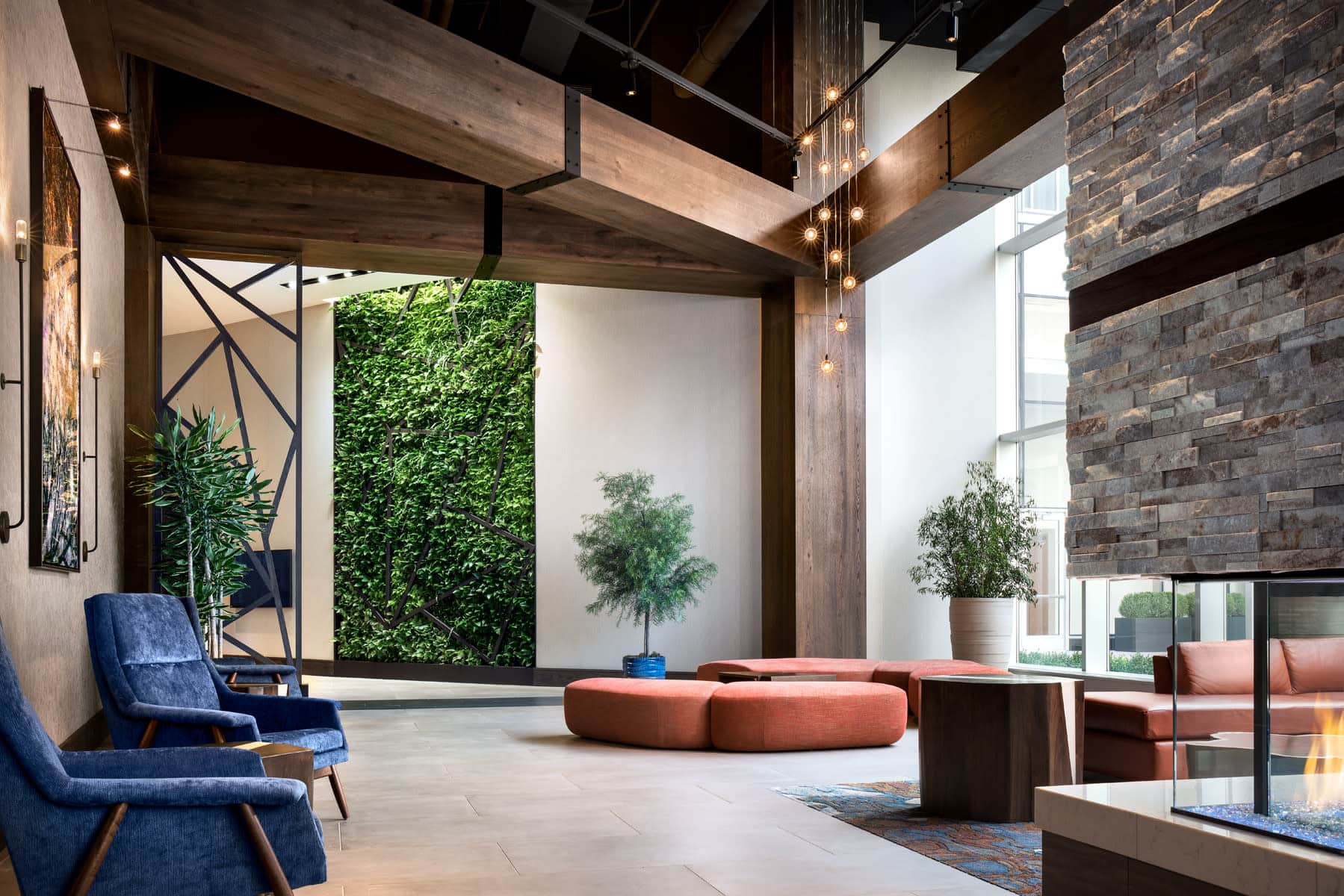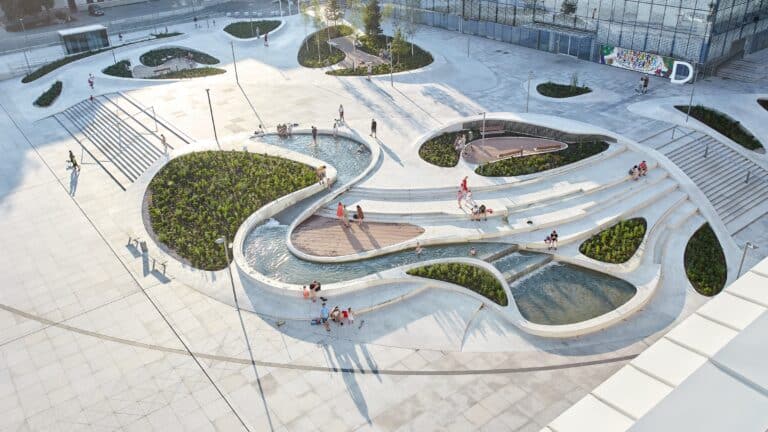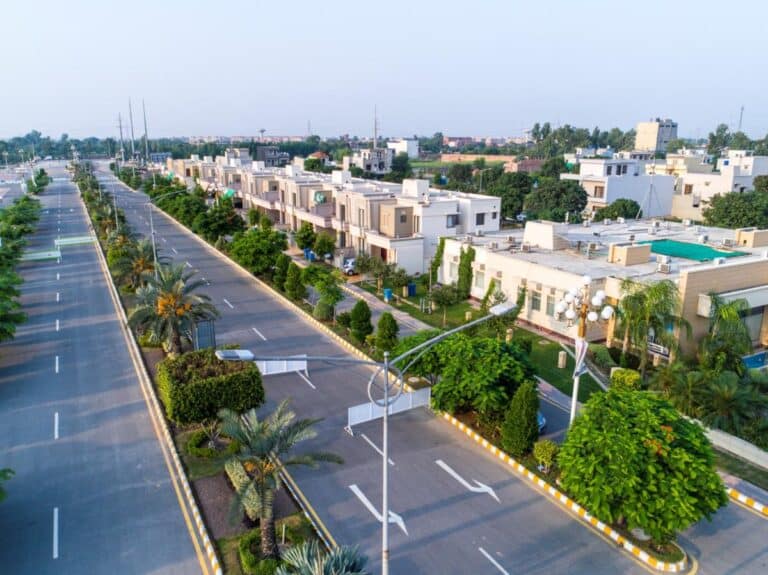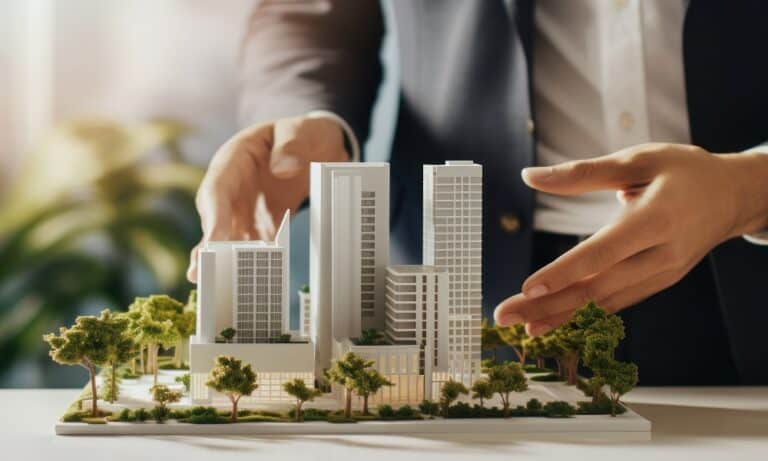Biophilic design is the practice of connecting people with nature through architecture. Numerous studies show that exposure to natural elements can boost productivity, lower stress levels, and improve well-being.
The Science Behind Biophilia
Harvard biologist E.O. Wilson introduced the Biophilia Hypothesis, suggesting that humans have an innate tendency to seek connections with nature. According to Terrapin Bright Green, biophilic design improves cognitive function, reduces stress by 60%, and boosts creativity by 15%.
Key Elements of Biophilic Design
Natural Light: Maximizing daylight not only reduces energy costs but also enhances mood and performance.
Indoor Plants: Green walls, indoor gardens, and potted plants improve air quality and provide a visual connection to nature.
Natural Materials and Textures: Use of wood, stone, and organic textiles evoke a sense of calm.
Views of Nature: Incorporating windows with views of gardens or water features improves patient recovery rates in hospitals and boosts morale in workplaces.
Case Study: Amazon Spheres, Seattle
These plant-filled glass domes offer Amazon employees a lush indoor rainforest that enhances collaboration and mental well-being.
Biophilic design is increasingly vital in urban environments where access to nature is limited.





